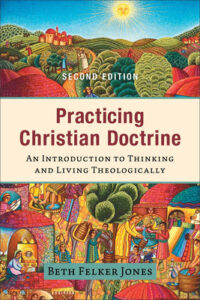 Summary: Well-written intro to theology text.
Summary: Well-written intro to theology text.
I picked up Practicing Christian Doctrine because I had an audiobook credit that had to be used before it expired, and I remembered a good podcast interview with Beth Felker Jones and decided to see what else she had written. All of that is to say I was not looking for a theology textbook; I was looking for a book by Jones, and the one I found happened to be an Intro to Theology textbook.
My last seminary theology class was more than 25 years ago. I read Erickson for my undergrad systematic theology class. My seminary systematic theology class was with Dwight Hopkins, and we read Reinhold Neibhur, Delores S. Williams, Rosemary Radford Ruether, and I think James Cone (or I read James Cone on my own at the time, I can’t remember), among some others. Hopkins’ class was focused on reading theologians not summary textbooks. I wish I could take that class again because I would get a lot more out of it now than I did. I remember at the time learning about a lot of perspectives in theology that I had not been exposed to. But I also remember thinking that I was glad I had had an undergrad course in systematic theology because I needed that grounding to understand what the authors we were reading were responding to.
Practicing Christian Doctrine is exactly the type of systematic theology book I would recommend to someone who does not have a seminary background but is interested. I listened to it as an audiobook, which is probably not ideal for this type of book, but it was ideal for me. There are several things that I really liked about it. First, Jones cited widely throughout history and around the world. She also included a note about when and where the author being cited was from. That is a very small feature, but it really helped to note that background matters in how a person approaches theology.
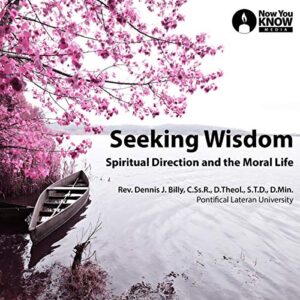
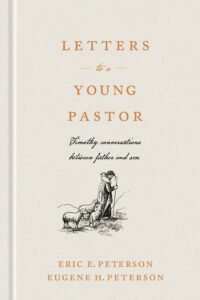
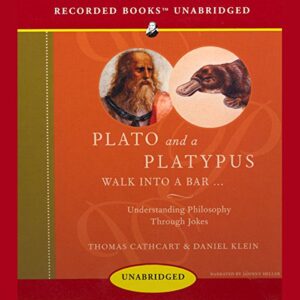

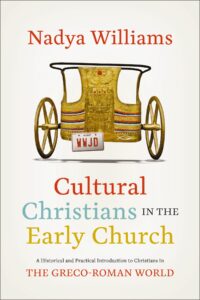

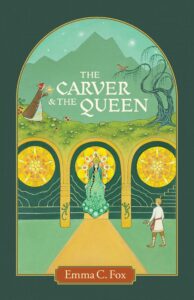
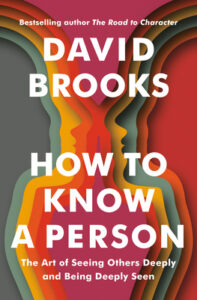
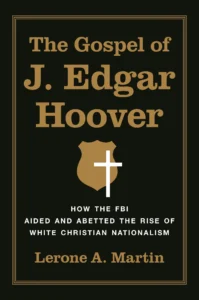 Summary: J. Edgar Hoover’s understanding of Christianity significantly influenced his management of the FBI, and in turn, the FBI impacted the broader development of what has become the Christian Nationalist movement in a modern sense.
Summary: J. Edgar Hoover’s understanding of Christianity significantly influenced his management of the FBI, and in turn, the FBI impacted the broader development of what has become the Christian Nationalist movement in a modern sense.